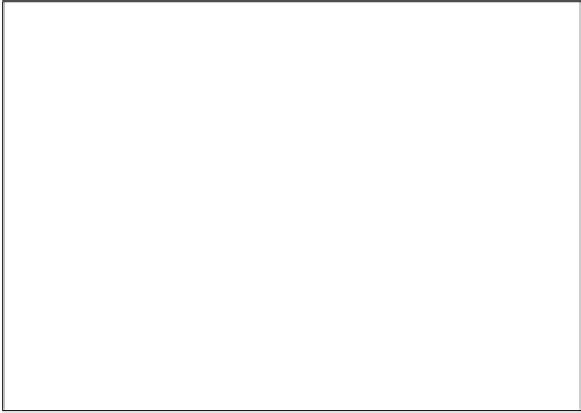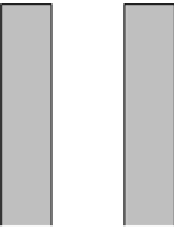Biology Reference
In-Depth Information
Table 1. Degree of occurrence of
Sotalia guianensis
(N=314)
in the Amazon Estuary
between 1999 and 2001 by Area.
Area
Common
Rare
Seasonal
Amapá
12.4
22.5
9.7
Belém
5.9
7.5
15.3
Bragança
17.3
7.5
9.7
Mouth of Amazon River
9.4
10
5.5
Amazon Islands
13.9
2.5
11.1
Maguarí
16.8
7.5
7
Salinas
6.9
20
19.4
Soure
3
12.5
7
Vigia
14.4
10
15.3
Habitat
Four types of habitat were identified based on morphologic characteristics provided by
fishermen of their dolphin sighting locations: 1) Open waters (OW) with depths from 2 to 6 m
in the low tide, 20 m in the high tide and from 10 to 50 m in the mouth of the Amazon River;
2) Beach and/or Coast (BC), beaches and mangroves that are exposed during the low tide and,
in the high tide (2-20 m); 3) Igarapés and/or Bays (IB), more protected spots that dry out in
the low tide (low tide 1 to 2 m, high tide 4 to 8 m) and 4) Ports and Communities (PC),
populated spots or tourism beaches.
The species was more frequently present in the BC habitat (41.1%) compared to the PC
habitat (9.9%). The habitats OW, IB and BC, presented common occurrence values superior
to 65% and were considered favorable for the species; while PC was not (Figure 3).
100%
80%
60%
40%
20%
0%
OW
IB
PC
BC
Seasonal
Rare
Common
Habitats
Figure 3. Percent occurrence of
Sotalia guianensis
in the Amazonian estuary between 1999 and 2001 in
each of four habitats (OW = Open Waters, BC = Beach and/or Coast, IB = Igarapés and/or Bays, PC =
Ports and Communities).




























Search WWH ::

Custom Search